Belgian Grand Prix: Eau Rouge's dramatic history
- Published
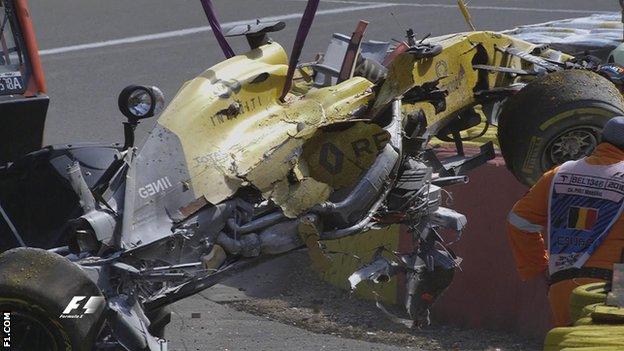
Kevin Magnussen hurt his left ankle after he crashed at Eau Rouge during the Belgian Grand Prix
Fear. Excitement. Thrill. And all the way back round to fear again.
Eau Rouge is a slalom of extreme emotions, with a reputation built on a history of pain and collision as well as magical moments.
Kevin Magnussen became the latest driver to be tamed by F1's most renowned sequence of corners, when he careered into the tyre wall at the Belgian Grand Prix on Sunday.
Eau Rouge, the left-right-left series of turns into an uphill climb, is the ultimate test of a driver's steel. Can you do it flat out at 180mph? Only the bravest can say they have.
It took shape in 1939 and has changed little in 77 years, aside from a few tweaks.
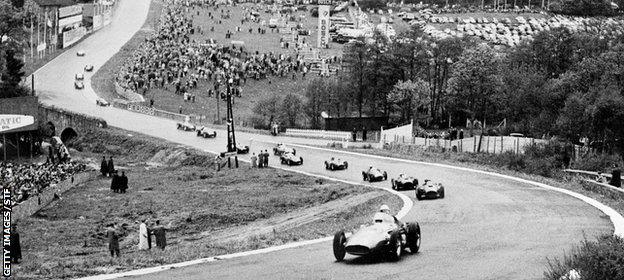
This is how the famous Eau Rouge sweep looked in 1956
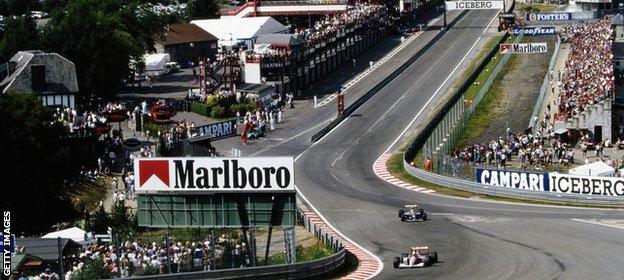
And it maintained its flowing appearance at the 1991 grand prix
Tragedy on the red water
Eau Rouge's venom was never more apparent than when it took the life of Stefan Bellof in 1985.
The German, driving in F1 for Tyrrell at the time, had doubled up to take part in the World Sportscar Championship at Spa.

Stefan Bellof was driving in his fourth World Sportscar Championship race on the day of his death
He was in the seat of a Brun Motorsport Porsche 956 when he collided with the car of Jacky Ickx and the pair flew into the barriers.
Ickx was able to escape his car and help safety staff try and free Bellof, but it took more than 10 minutes and he died, aged 27, from internal injuries.
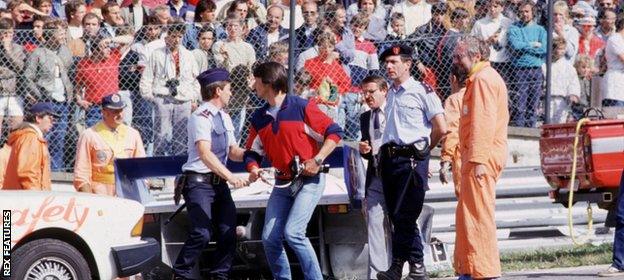
A photographer is led away from the wreckage of Stefan Bellof's Porsche
Zanardi's zig-zag
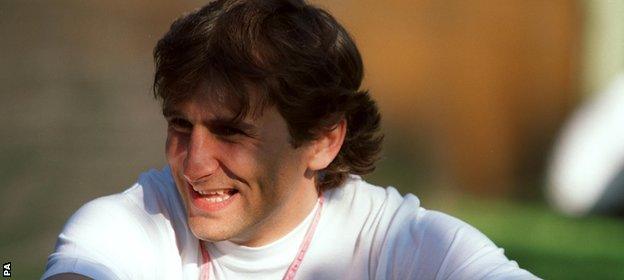
Alex Zanardi went on to become a two-time Paralympic gold medallist after losing his legs in a Champ Car crash in 2001
Alex Zanardi's fame does not stem totally from his F1 exploits, but his contribution at Eau Rouge is memorable.
The Italian bounced his Lotus off the left wall and back across the track, debris flying around him, after he lost control up the hill in qualifying at the 1993 grand prix.
After being taken away on a stretcher, the injuries ended his season.
Villeneuve and Zonta out-do each other
Jacques Villeneuve is a man who does not learn a lesson.
The Canadian, a year after a hideous crash at Eau Rouge in his Williams, returned in 1999 with a vendetta.
The 1997 world champion made a pact with his BAR team-mate Ricardo Zonta that they would take the corner at full speed.
In qualifying, both men hurtled into the barrier - both walked away.

Jacques Villeneuve found the tyres after taking Eau Rouge flat out

He was quickly out of the car

But whatever Jacques could do...

Team-mate Ricardo Zonta could match
But it's not all bad

Mark Webber's 2011 overtake on Fernando Alonso is considered one of F1's great manoeuvres
Sometimes, when all the stars align, Eau Rouge stops taking away and gives something back in the form of a wonderful overtake.
And there is no better example than Mark Webber's white-knuckle pass on Fernando Alonso in 2011.
Webber swung from behind the Ferrari going into Eau Rouge and, through bravery or sheer stupidity, slotted his Red Bull through the narrowest of gaps down the left and was in front before taking the right-hander up the hill.
A splash of beauty to tame the beast.
Andrew Benson on Eau Rouge:
They say that modern Formula 1 cars have taken much of the challenge out of Eau Rouge. Kevin Magnussen's terrifying accident in Sunday's Belgian Grand Prix proved that the most famous corner in the world can still bite hard.
Eau Rouge is a phrase people use to describe all three corners that make up the swerves early in a lap of Spa - including the left-hander where Magnussen lost control, which is technically called Raidillon.
The sequence is 'easy flat' in most conditions in a 21st century grand prix car. But not in the wet, and not for some early in a race.
Even when it's flat out, threading the needle through a downhill left-hander, a right through a heavy compression and then a left-hander where the car goes light over a crest, all at more than 180mph, is a task only the very skilful can attempt.
And even then, things can go wrong. But just as at equally demanding Suzuka in Japan, the risk inherent in the challenge of Spa is why drivers do the job. They seek it out and savour it.
They know it means they can get hurt. No-one wants that. But they would have it no other way.
Subscribe to the BBC Sport newsletter, external to get our pick of news, features and video sent to your inbox.
- Published28 August 2016
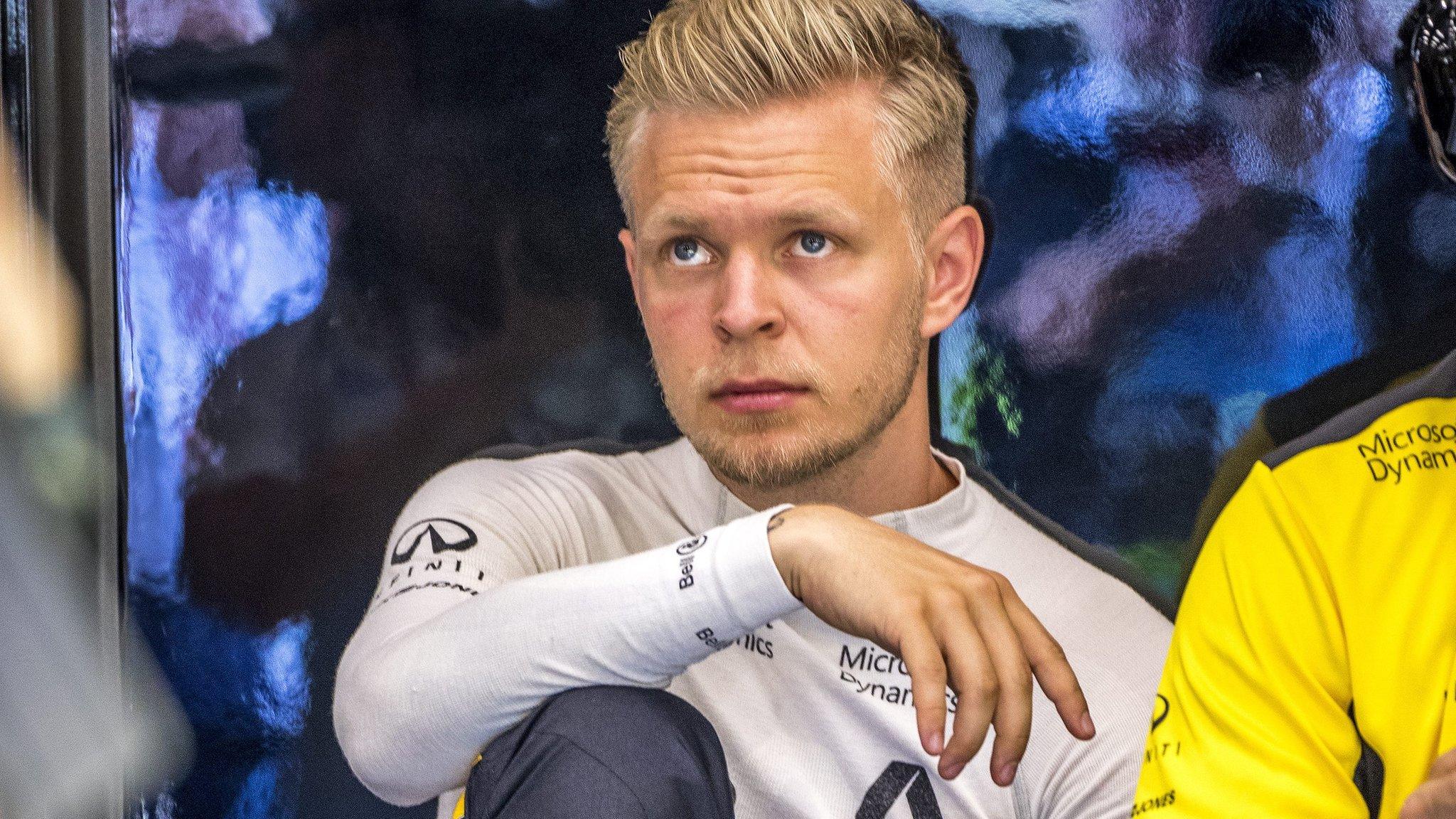
- Published29 August 2016
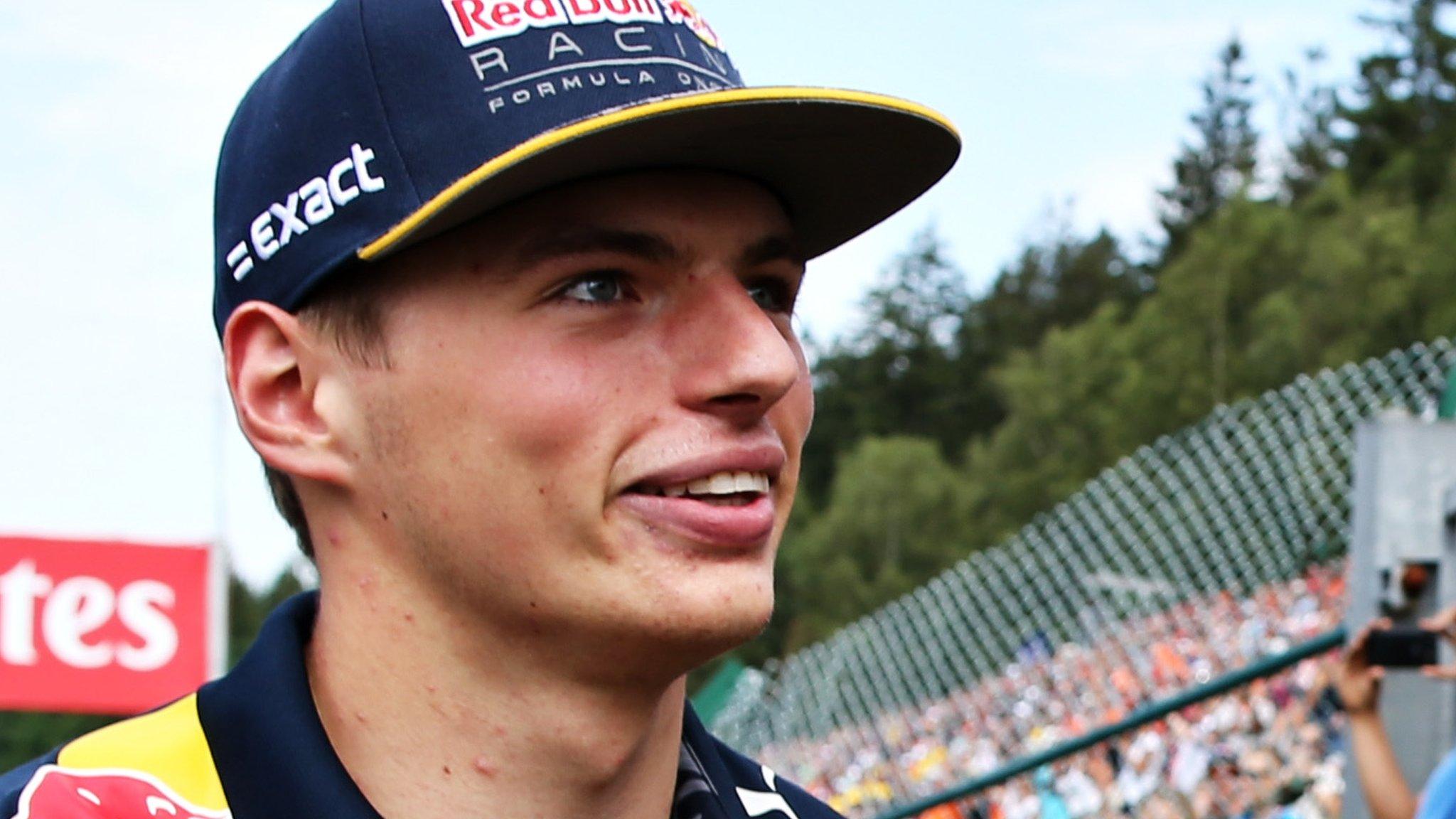
- Published28 August 2016
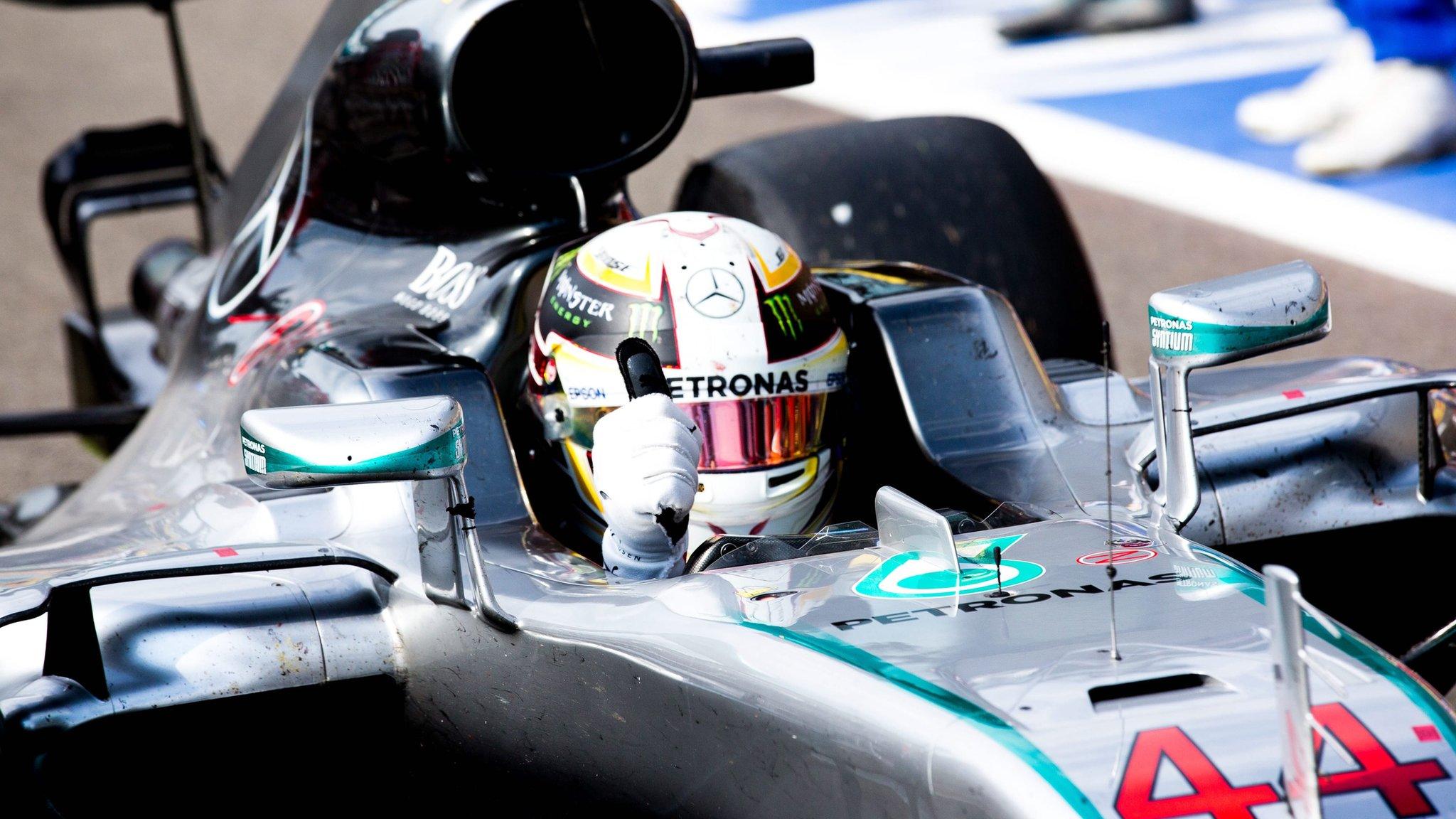
- Published28 August 2016

- Published18 December 2015

- Published8 August 2017

- Published13 May 2016

- Published26 February 2019
